Photographing insects like butterflies and dragonflies isn’t just about quick reflexes—it’s about patience, creativity, and using the right gear and photo editing software. In his new book, Photographing Butterflies and Dragonflies, Mark Overmars shares the lessons, techniques, and editing workflow he developed over the course of a year of focused shooting. Whether you’re into macro photography or nature photography in general, Mark’s story is full of practical insights and inspiration, especially if you use ON1 Photo RAW for your edits.
In this post, Mark discusses the challenges of butterfly and dragonfly photography, shares a few favorite images, and explains how ON1 software helped bring over 200 photos in his book to life. You can also download the full ebook, Photographing Butterflies and Dragonflies, for free—packed with practical tips, editing techniques, and inspiring images from his journey.
What Inspired the Book?
Mark Overmars wrote his first book after six months of intense insect photography, mostly using a macro lens and a flash setup to highlight every small detail. However, when it came to photographing larger, more active insects like butterflies and dragonflies, that approach proved ineffective.
“These insects are much harder to get close to, and they don’t sit still for long,” he explains. “So I had to change everything—gear, technique, and creative approach. That’s what this new book is all about.”
Why Butterflies and Dragonflies Make Great (but Difficult) Subjects
Photographing butterflies and dragonflies takes real skill. Unlike slower insects, they’re easily startled and constantly on the move. A telephoto lens becomes essential because you can’t get close enough for macro.
“Lighting was also a big challenge,” says Mark. “A flash with a diffuser didn’t work well at longer distances, so I had to rely more on natural light and fast adjustments.”
This shift forced him to explore new composition techniques, putting more emphasis on the background and environment to complement the insect, rather than just zooming in.
Creative and Technical Shifts in the New Book
In Photographing Butterflies and Dragonflies, Mark explores how switching from macro to telephoto changed not only his gear but also how he thinks about composition.
He explains:
“I used to fill the frame with the insect. Now, I include more of the environment. The background plays a huge role, so I needed to find ways to keep it soft and non-distracting while making the subject pop.”
One trick? Shooting low to the ground with a long lens to create pleasing blur and harmony between the subject and the setting.
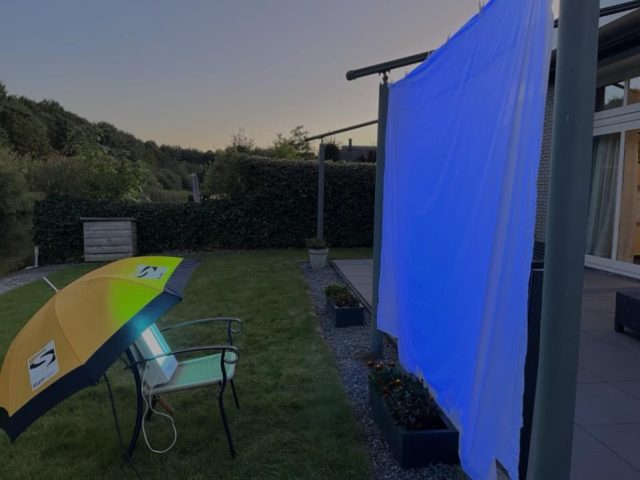
Favorite Photos and the Stories Behind Them
Purple-barred Yellow Moth
This moth stays low to the ground and is extremely alert. Mark got the shot by taking a low-angle position with a 400mm lens, blurring the background just enough to let the colors shine without distractions.
Hairy Dragonfly
Capturing this dragonfly was a stroke of luck. “Most of the time, they won’t stay still. But this one paused long enough for me to grab a close-up.”
Green-eyed Hawker
Shooting insects in flight is nearly impossible—but not always. Mark caught this dragonfly mid-hover using a slow shutter speed to leave motion in the wings and create a sense of action.
How ON1 Photo RAW Helped Edit 200+ Images
Mark used ON1 Photo RAW editing software exclusively to enhance and finalize the photos in his book. “I don’t use presets or automated tools. I like to stay in control of each photo,” he says. Here’s what worked best for his macro and telephoto shots:
Go-To ON1 Tools
- AI Masking in ON1 Photo RAW: Ideal for isolating the insect from its background.
- Tack Sharp AI: Enhanced detail on subjects like wings and eyes.
- Dynamic Contrast: Added punch to the insect while softening the background.
- Selective Blur & Vignettes: Helped pull attention to the main subject.
- He also utilized the built-in ON1 RAW editor tools for cropping, rotating, and enhancing colors naturally, without overprocessing.
Realism vs. Creativity in Editing
“I only make changes that could realistically happen in nature,” Mark says. He doesn’t change insect colors or use generative fill. However, cropping, sharpening, improving contrast, and removing minor distractions are all fair game—especially when light and composition aren’t ideal at the moment of capture.
Editing macro photos in ON1 gives him the flexibility to keep his photos natural while still creating something visually stunning.
How Feedback Inspired More Work
Mark’s first book was downloaded more than 5,000 times. The response? “Very positive,” he says. “That encouragement motivated me to write the second one. I love sharing my work and helping others grow.”
Why ON1 Photo RAW Is His Go-To Editor Across Genres
Whether he’s shooting flowers, butterflies, or dragonflies, Mark relies on ON1 photo editing tools to manage and enhance every image. “It’s fast, flexible, and gives me full control. I don’t need Photoshop or Lightroom,” he says.
If you’re new to editing, Mark suggests taking a few hours to learn the basics of editing photos with ON1 Photo RAW—the effort pays off.
Tips for Aspiring Insect Photographers
- Shoot RAW + JPG. Keep editing options open.
- Frame wider than you need. Gives room to crop later.
- Expect distractions. Think ahead to how you’ll fix them in post.
- Don’t stress over lighting. Many issues can be fixed in the ON1 software.
- Learn editing. A few minutes of processing can turn a decent shot into a great one.
About the Author: Mark Overmars
Mark is a retired computer scientist, amateur nature photographer, and ON1 Photo RAW power user. In 2023, he photographed over 15,000 insects and published a book from the experience. In 2024, he followed up with a new book focused on butterflies and dragonflies. His website, insectphotography.org, and Medium articles offer tutorials, stories, and behind-the-scenes looks into his photography journey.
He shoots with a Canon R7, various macro and telephoto lenses, and edits entirely using ON1 Photo RAW for nature photography.
Frequently Asked Questions
What is the ebook Photographing Butterflies and Dragonflies about?
The free ebook by Mark Overmars shares a full year of techniques, tips, and editing workflows for photographing fast-moving insects like butterflies and dragonflies.
Is the ebook really free to download?
Yes! ON1 is offering the ebook Photographing Butterflies and Dragonflies as a free download directly from the ON1 Bookshelf—no purchase required.
What camera gear does Mark Overmars use for insect photography?
Mark uses a Canon R7 with a 100–400mm telephoto lens for dragonflies and butterflies, and a 100mm macro lens for smaller insects.
How did Mark edit the photos in the book?
Mark used ON1 Photo RAW exclusively to edit all 200+ images, utilizing features like AI Masking, Tack Sharp AI, and Dynamic Contrast.
Can ON1 Photo RAW be used for both macro and telephoto editing?
Absolutely. ON1 Photo RAW is highly flexible, making it ideal for macro close-ups and telephoto compositions alike—especially with its masking, contrast, and sharpening tools.
What are some key challenges of photographing butterflies and dragonflies?
These insects move quickly, are easily startled, and don’t allow for controlled lighting. That’s why Mark relied on natural light, a telephoto lens, and post-processing in ON1.

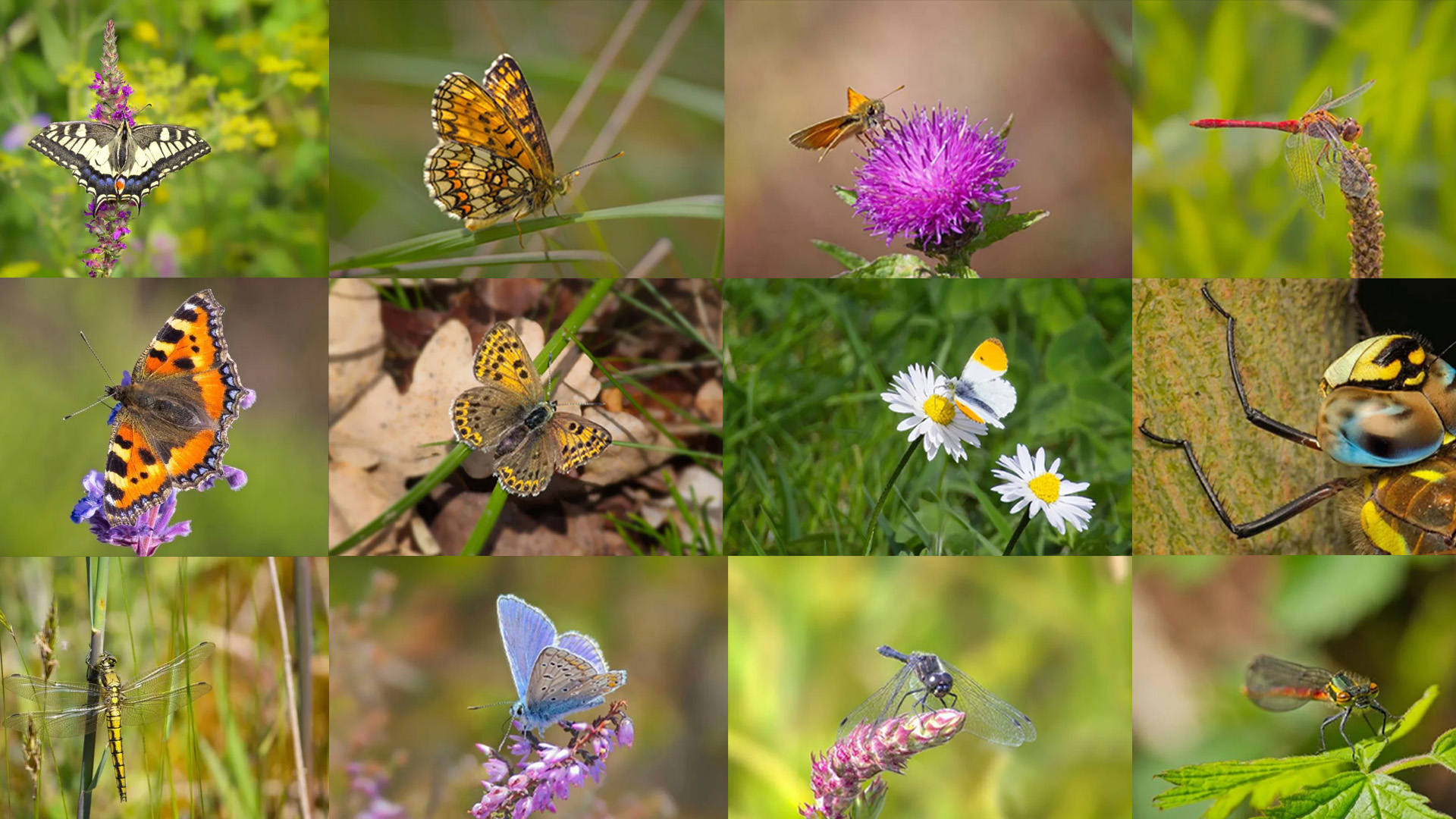
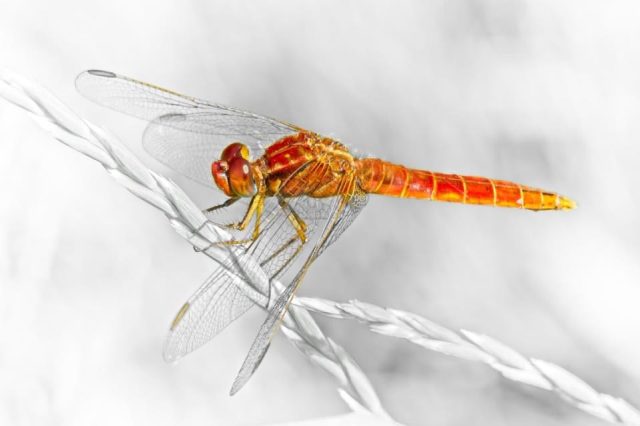
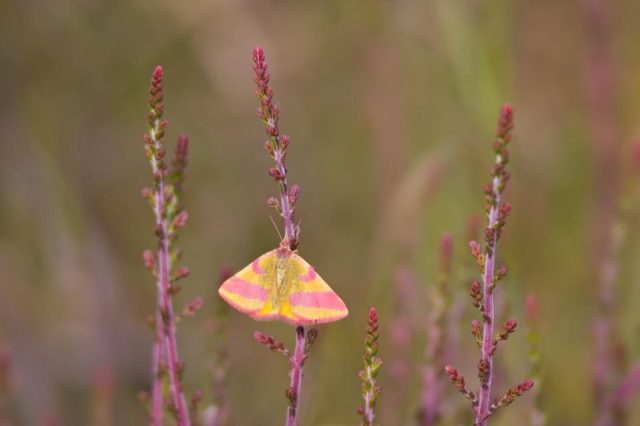
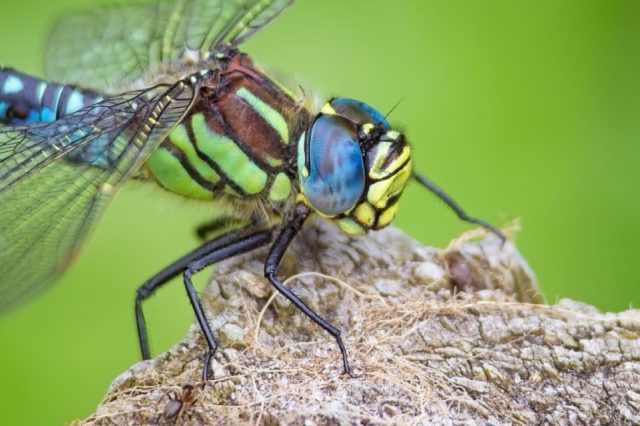
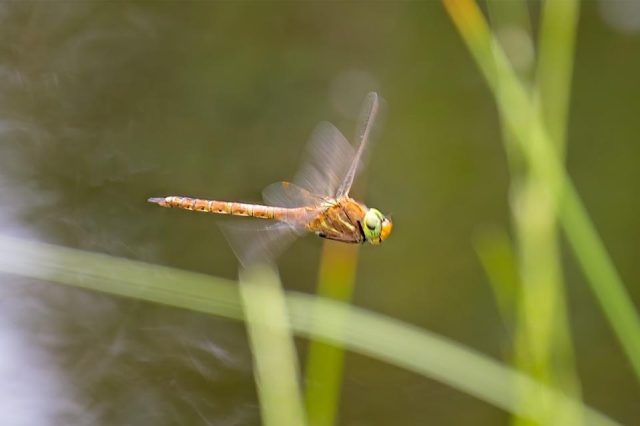
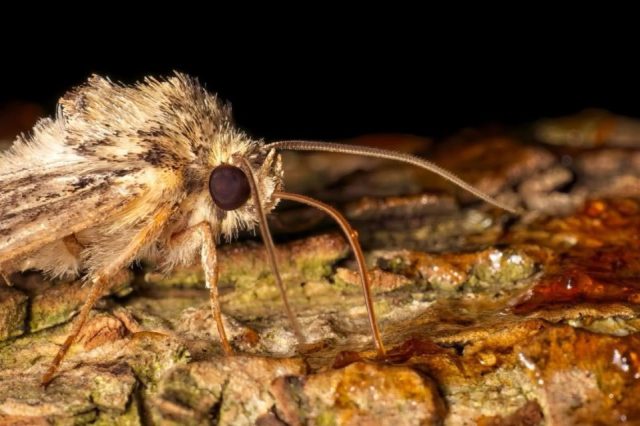
10 comments on “Photographing Butterflies and Dragonflies: Behind the Lens with Mark Overmars”
On July 18, 2025 at 6:41 am Stewart Noake wrote:
Very interesting to hear what he has to say. I agree with everything and it gives me inspiration as I am fully committed to ON1. Well done Mark.
On July 18, 2025 at 5:35 pm marcos velez wrote:
Interesting perspective and great detail re different perspectives to take into account. Thanks
On July 18, 2025 at 5:54 pm Mark Laurendet wrote:
Thanks for the free ebook. A lot of work went into that.
Looks like it will be a great read, with lots to learn.
On July 18, 2025 at 8:28 pm Tony Ledger wrote:
Excellent article for my level of photography
On July 18, 2025 at 8:44 pm William Pugh wrote:
Great information Mark. Thankyou
On July 19, 2025 at 3:18 am mordehai sela wrote:
very interesting for people who like insects
On July 19, 2025 at 3:48 am Robert Miller wrote:
Thank you for the book, I’ve been shooting macro since the early 1980’s, but still love to get new ideas. I started with an OM1 then Om4T, used microscope and enlarger lenses on camera for close-ups, and the microscope for extreme macro. Back then everything was film. I primarily used Fuji Velvia slide film, 50 asa, and shot it at 40. Of course you had no idea how your photo turned out until processed..Today it is much easier. Again thanks for your hard work on these books.
Best Wishes, Robert Miller
On July 19, 2025 at 12:50 pm David Price wrote:
Thank you for your book and the good advice which it contains.
Best wishes David Price
On July 20, 2025 at 1:24 pm Marc ARAKELIAN wrote:
Thanks for sharing
On July 21, 2025 at 10:45 pm Paul Spratt wrote:
mucho gracias.
Please review our our privacy policy for information about how we use the data we collect.